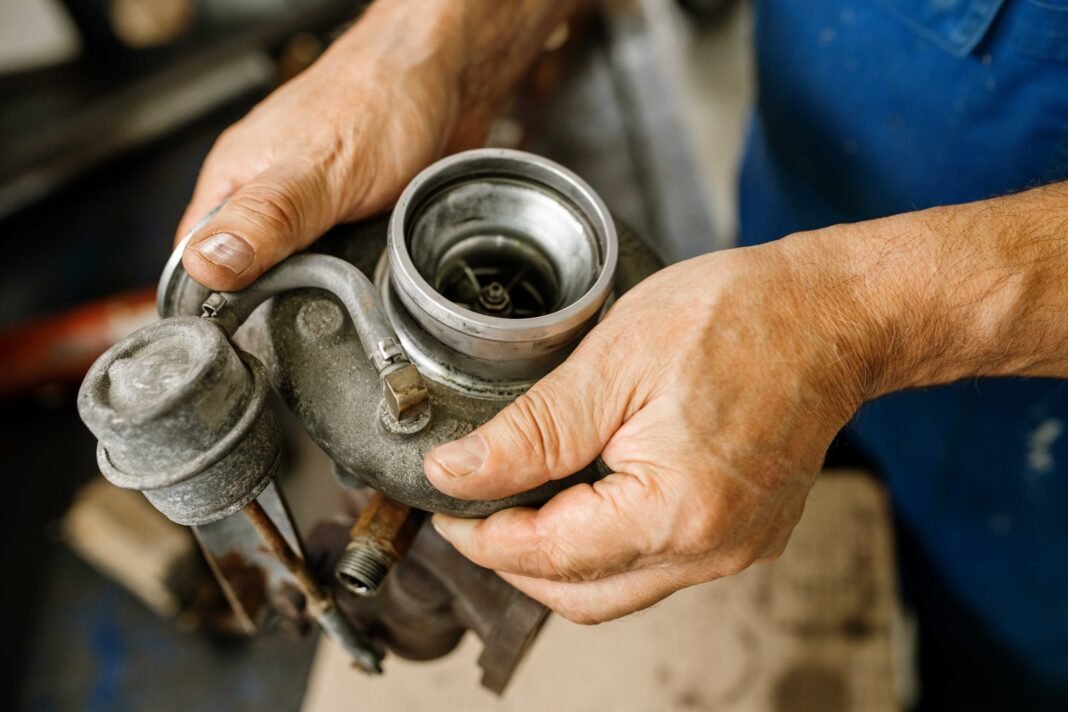In the fast-paced world of automotive technology, the demand for parts is ever-evolving. As vehicles age, their parts can become obsolete, leading to a growing market for obsolete auto parts liquidation. This process involves the sale and disposal of parts that are no longer in production or considered obsolete by manufacturers. It presents both challenges and opportunities for businesses and consumers alike.
Understanding Obsolete Auto Parts
Obsolete auto parts are components that are no longer manufactured or supported by automakers. This obsolescence can occur for several reasons, including advancements in technology, changes in vehicle design, or shifts in market demand. For instance, a car model that was popular a decade ago might now be outdated, and its parts could be discontinued as newer models and technologies emerge.
Obsolete parts can include everything from engine components and transmission parts to electronic modules and trim pieces. As vehicles become more sophisticated, the parts themselves become more specialized, making it harder to find replacements once they are phased out.
The Importance of Obsolete Auto Parts Liquidation
Liquidating obsolete auto parts is crucial for several reasons:
- Clearing Inventory: For auto parts retailers, warehouses, and dealerships, obsolete parts can take up valuable storage space and tie up capital. Liquidation helps free up this space and allows businesses to focus on current and more profitable inventory.
- Financial Recovery: By selling obsolete parts, businesses can recover some of their investment. While these parts might not sell for their original price, they can still generate revenue, albeit at a reduced rate.
- Environmental Responsibility: Properly disposing of obsolete parts helps reduce waste and supports environmental sustainability. Instead of ending up in landfills, these parts can be repurposed, recycled, or resold.
Challenges in Obsolete Auto Parts Liquidation
The liquidation of obsolete auto parts comes with its own set of challenges:
- Market Demand: Finding buyers for obsolete parts can be difficult. As technology advances, the demand for older parts diminishes, and it can be challenging to locate consumers who need them. This issue is particularly pronounced for highly specialized or rare components.
- Value Fluctuations: The value of obsolete parts can be unpredictable. While some parts may become collector’s items or hold value due to rarity, others might depreciate significantly. Businesses must navigate these fluctuations to set appropriate prices.
- Regulatory Compliance: Depending on the location, there may be regulations governing the disposal of automotive parts, especially if they contain hazardous materials. Ensuring compliance with these regulations is essential to avoid fines and legal issues.
- Inventory Management: Tracking and managing obsolete inventory can be complex. Parts may have been stored for years, and maintaining accurate records is crucial for effective liquidation. Errors in inventory management can lead to losses and inefficiencies.
Strategies for Successful Liquidation
To effectively navigate the liquidation of obsolete auto parts, businesses can employ several strategies:
- Online Marketplaces: Leveraging online platforms such as eBay, Amazon, and specialized auto parts websites can expand the reach of obsolete parts. These platforms provide access to a global audience and can help find niche buyers.
- Auctions: Hosting auctions, either online or in-person, can be an effective way to liquidate large quantities of obsolete parts. Auctions create a sense of urgency and competition among buyers, potentially leading to higher sale prices.
- Specialized Liquidators: Partnering with companies that specialize in auto parts liquidation can streamline the process. These professionals have expertise in valuing and selling obsolete parts and can handle the complexities of the liquidation process.
- Recycling and Repurposing: Not all obsolete parts need to be sold. Some components can be recycled or repurposed for other uses. For example, metal parts can be melted down and reused, while certain electronic components can be refurbished.
- Networking with Enthusiasts: Car enthusiasts and hobbyists often seek out rare or discontinued parts for restoration projects. Building relationships with these communities can help find buyers for niche or hard-to-find components.
- Clearance Sales: Offering clearance sales or discounts on obsolete parts can attract buyers looking for deals. Promoting these sales through various channels, including social media and email marketing, can help drive interest.
Opportunities in Obsolete Auto Parts Liquidation
While the liquidation of obsolete auto parts presents challenges, it also offers several opportunities:
- Market Niche: For businesses that specialize in rare or collectible parts, obsolete auto parts can represent a lucrative niche market. Collectors and restoration enthusiasts often seek out discontinued components, creating opportunities for specialized sellers.
- Brand Loyalty: Companies that successfully manage obsolete parts liquidation can build brand loyalty. By providing customers with hard-to-find parts and excellent service, businesses can enhance their reputation and encourage repeat business.
- Innovation: The process of dealing with obsolete parts can drive innovation. Companies may develop new methods for managing and recycling parts, leading to improved sustainability practices and operational efficiencies.
- Customer Relationships: Engaging with customers during the liquidation process can strengthen relationships. Offering exceptional service, clear communication, and valuable resources can enhance customer satisfaction and foster long-term loyalty.
Conclusion
Obsolete auto parts liquidation is a complex but essential process in the automotive industry. It involves navigating market demand, value fluctuations, and regulatory compliance while capitalizing on opportunities for revenue recovery and environmental responsibility. By employing effective strategies and leveraging available resources, businesses can successfully manage obsolete parts and turn potential challenges into valuable opportunities.
